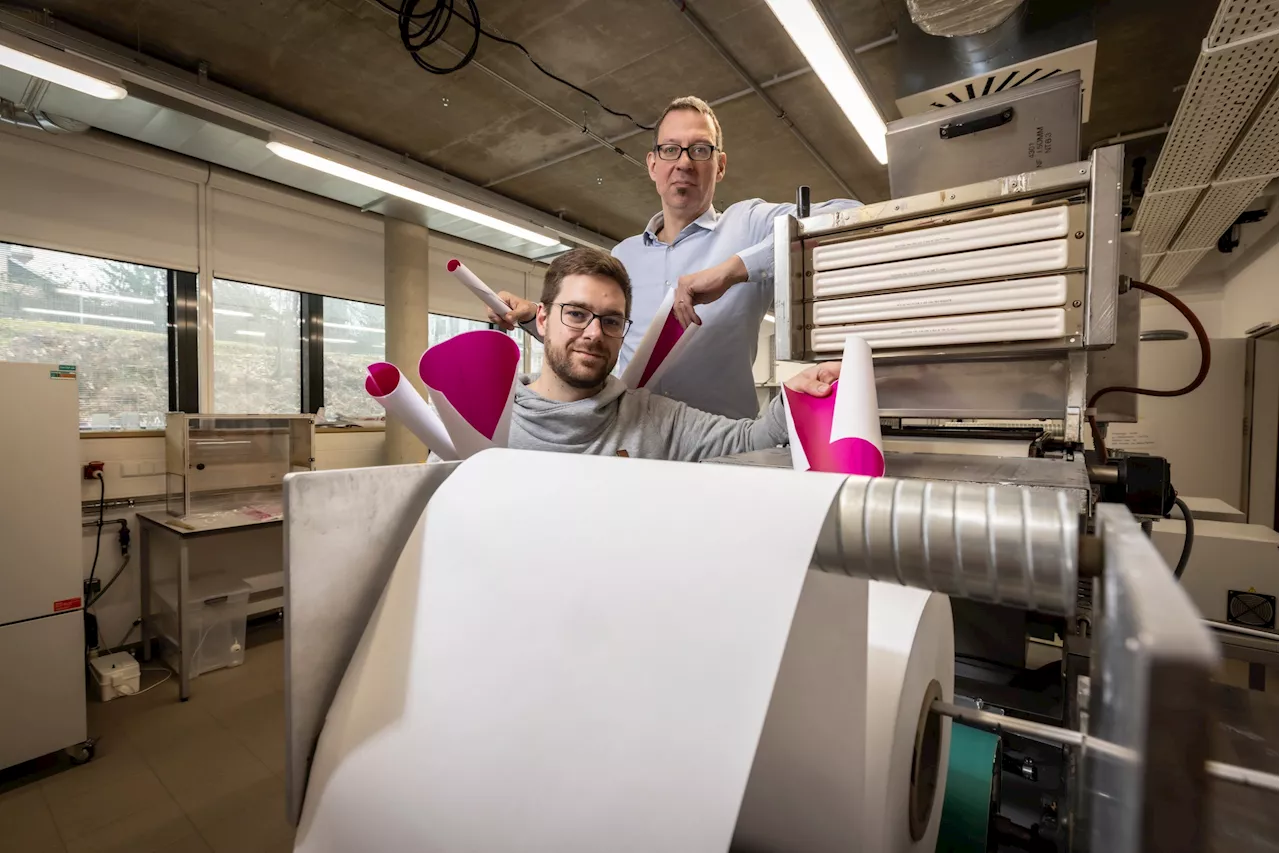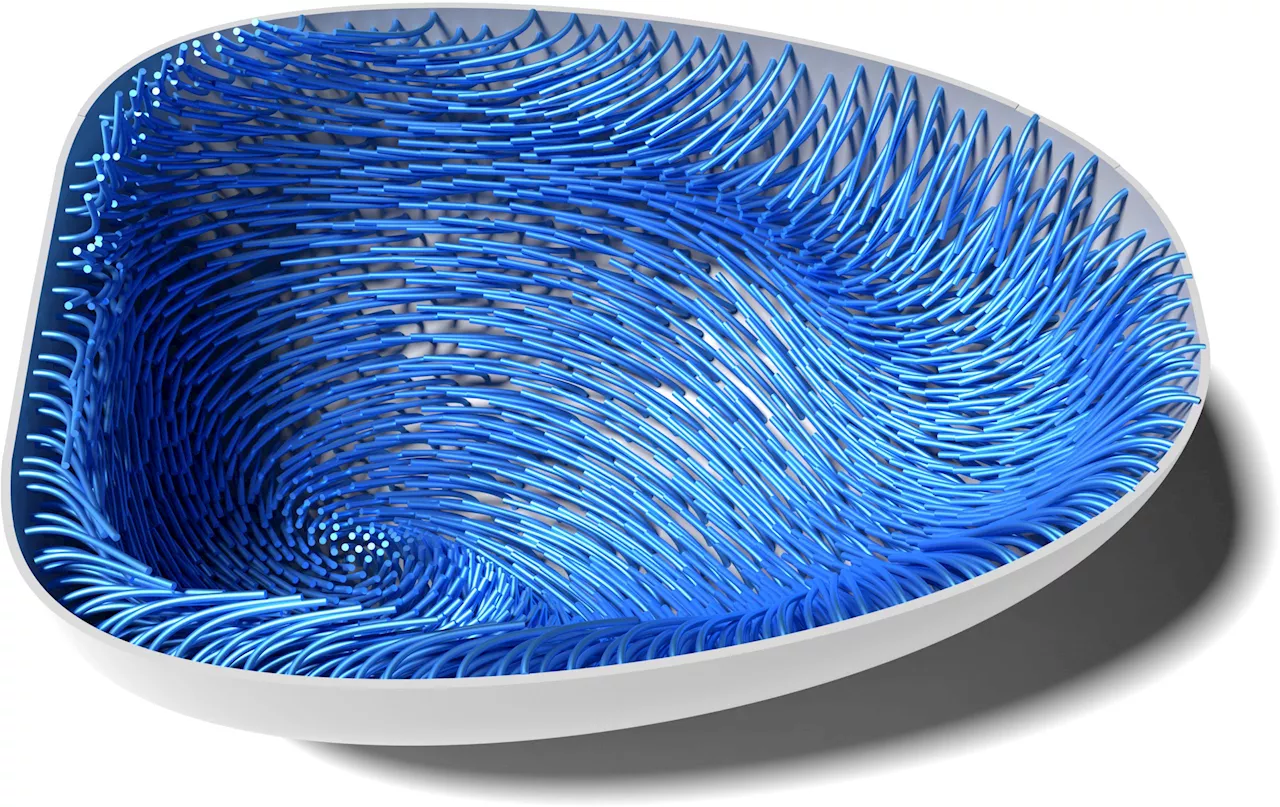Science, Space and Technology News 2024
Scientists have discovered a key fossil that links modern chelicerates like scorpions and spiders to their ancient Cambrian ancestors, clarifying a significant gap in the evolutionary history of these species. One of thefossils that have been used to trace the origins of spiders, scorpions, and horseshoe crabs. Credit: UNIL
Modern scorpions, spiders, and horseshoe crabs belong to the vast lineage of arthropods, which appeared on Earth nearly 540 million years ago. More precisely, they belong to a subphylum that includes organisms equipped with pincers used notably for biting, grasping prey, or injecting venom – the chelicerae, hence their name chelicerates. But what are the ancestors of this very specific group?This question has puzzled paleontologists ever since the study of ancient fossils began.
A fossil fills the gap between scorpions, spiders, and horseshoe crabs, and species from the Cambrian period . Credit: UNIL Still, the fossil has yet to reveal all its secrets. In fact, some of its anatomical features allow for a deeper understanding of the early evolution of the chelicerate group, and perhaps even link to this group other fossil forms whose affinities remain highly debated.
United Kingdom Latest News, United Kingdom Headlines
Similar News:You can also read news stories similar to this one that we have collected from other news sources.
 Mystery of How Pluto Got Its Heart Finally 'Solved' by AstrophysicistsThe large heart-shaped region may have formed after a massive but slow-moving object collided with Pluto at a strange angle.
Mystery of How Pluto Got Its Heart Finally 'Solved' by AstrophysicistsThe large heart-shaped region may have formed after a massive but slow-moving object collided with Pluto at a strange angle.
Read more »
 Tiny Ancient Teeth Have Solved a Major Mystery of EvolutionFossilized molars reveal how mammals’ earliest ancestors adapted to a changing world.
Tiny Ancient Teeth Have Solved a Major Mystery of EvolutionFossilized molars reveal how mammals’ earliest ancestors adapted to a changing world.
Read more »
 Mystery Solved: The Cosmic Collision That Crafted Pluto’s HeartScience, Space and Technology News 2024
Mystery Solved: The Cosmic Collision That Crafted Pluto’s HeartScience, Space and Technology News 2024
Read more »
 Scientists Have Solved the Mystery of Curling PaperScience, Space and Technology News 2024
Scientists Have Solved the Mystery of Curling PaperScience, Space and Technology News 2024
Read more »
 Mystery Solved: Scientists Uncover Origins of Enigmatic Swirling Movements in Some of Nature’s Largest CellsScience, Space and Technology News 2024
Mystery Solved: Scientists Uncover Origins of Enigmatic Swirling Movements in Some of Nature’s Largest CellsScience, Space and Technology News 2024
Read more »
 A chemical mystery solved—the reaction that explains large carbon sinksA mystery that has puzzled the scientific community for more than 50 years has finally been solved. A team from Linköping University, Sweden, and Helmholtz Munich have discovered that a certain type of chemical reaction can explain why organic matter found in rivers and lakes is so resistant to degradation.
A chemical mystery solved—the reaction that explains large carbon sinksA mystery that has puzzled the scientific community for more than 50 years has finally been solved. A team from Linköping University, Sweden, and Helmholtz Munich have discovered that a certain type of chemical reaction can explain why organic matter found in rivers and lakes is so resistant to degradation.
Read more »
